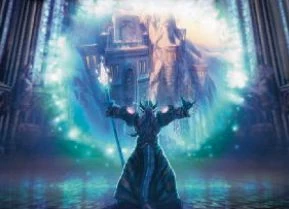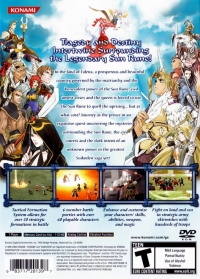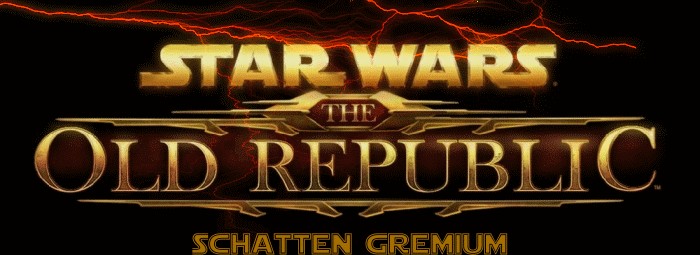
It is only 1-dimensional, so it is harder to determine the exact sheet layout, but there is still some info. Mirage printed in the USA uses a completely different collation method. Mmgun found the photos of the common and uncommon print sheets that match my data. The Avalanche row is placed on top based on a miscut I saw on. It's plausible that both the common sheets are paired with this one uncommon sheet, but I'd like to analyze the data some more before I make such a statement conclusively. My method currently can't determine which row is the top row, so I used miscuts to decide which row to put on top. So far, I have only seen one box that used the second sheet, and all the packs in that box used that sheet. (This matches what was previously known based on miscuts. There are two distinct Ice Age sheets that I have seen. The mark (!) will be placed between pairs of cards where swaps have been observed. This means that just a single swap in a print run allows us to determine which cards appear on the left and right edges of the sheet (but not which cards on on the top and bottom though miscuts could help here). Based on observations of swaps compared to the known USA Tempest common sheet, it does appear that these swaps appear always or almost always between the first two cards in a row. The theory is that these positions correspond with the edge of the sheet. In sets with 10 by 11 sheets (like Mirage), swaps tend to happen every 10 cards instead matching the sheet width again. Reddit user Nisoh_ noticed that swapped pairs in new sets tend to happen every 11 cards corresponding to modern sheets with 11 cards per row.

Modern Belgian printings seem just to have one large run on each sheet.Ĭards in certain positions tend to get swapped. I haven't looked at that many sets historically, but modern USA printings of sets of this type split each sheet into two runs, A and C1 on the 60 card sheet and B and C2 on the 40 card sheet (so named because of the order they appear in packs).

The sheets are printed in a 3 : 2 ratio which makes ever card equally common except the card that appears on both sheets which only appears 5/6 as often as other commons. The 101th card appear in the last slot on both sheets. There are two 11 by 11 sheets, one with 60 cards repeated twice, and one with 40 cards repeated three times each. In post-Alara large sets with 101 commons, the distribution is a bit surprising. Duplicate cards will appear in the same run (which prevents duplicates from appearing in a single booster). Cards are then evenly divided onto sheets. In older sets that use this kind of collation, the numbers often work out nicely so that doubling or quadrupling the cards of a given rarity will give a number divisible by the sheet size. Cards usually appear at least twice on the sheet(s) when this style of collation is used to make things appear more random. Sometimes sheets are split into parts (typically top 6 rows and bottom 5 rows) that are treated separately. The other style of collation is that cards are simply put into boosters in the order the appear on the sheet, row by row. The top and bottom of the sheet can't be determined purely by collation as the collation simply "wraps around" in this direction, but it may still be possible to determine the top row by using other patterns (like card colors) or by looking at miscuts. This type of collation is nice because analysis can determine the left and right edges of the sheet. (Plus, Mercadian Masques from the USA is printed in this way.) Eventually, this style of collation was abandoned, but I don't know the cut-off point. This style of collation is used in older sets that are printed in Belgium. This idea is the foundation for much of the information I present.


I hope this is on topic and of interest.Ĭataclysm80 has written a detailed post describing the way that print sheets are collated for (certain printings of) older sets. This project is very early and I'm still working on it, but I thought I'd share some of my results. The data comes mostly from box and pack opening videos that other people have posted online. This is closely related to the way the print sheets are laid out, so I've had to reconstruct the layouts of some of the sheets. Hi! I'm trying to learn the collation details for sealed Magic products (ie the order that cards appear in the pack).


 0 kommentar(er)
0 kommentar(er)
